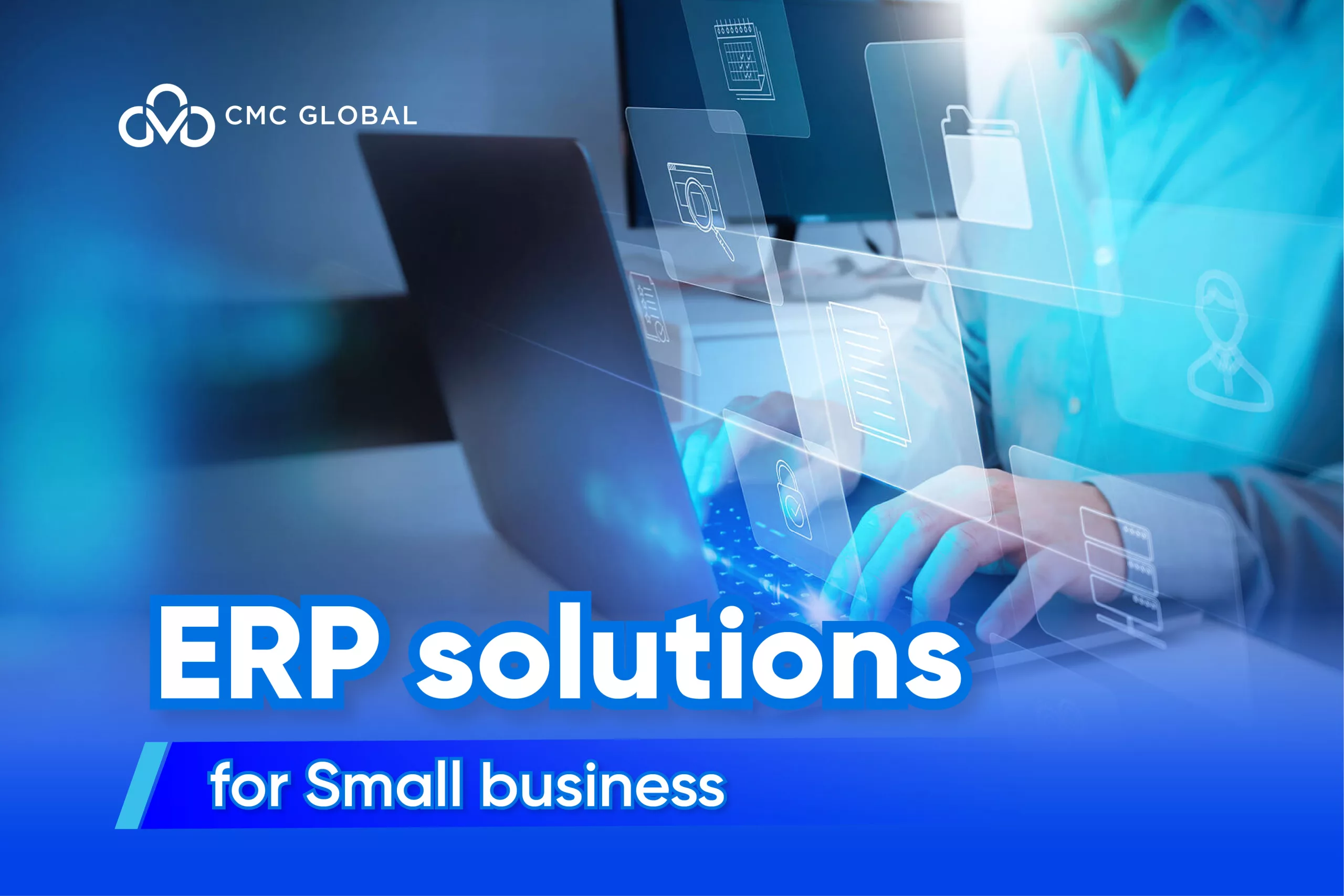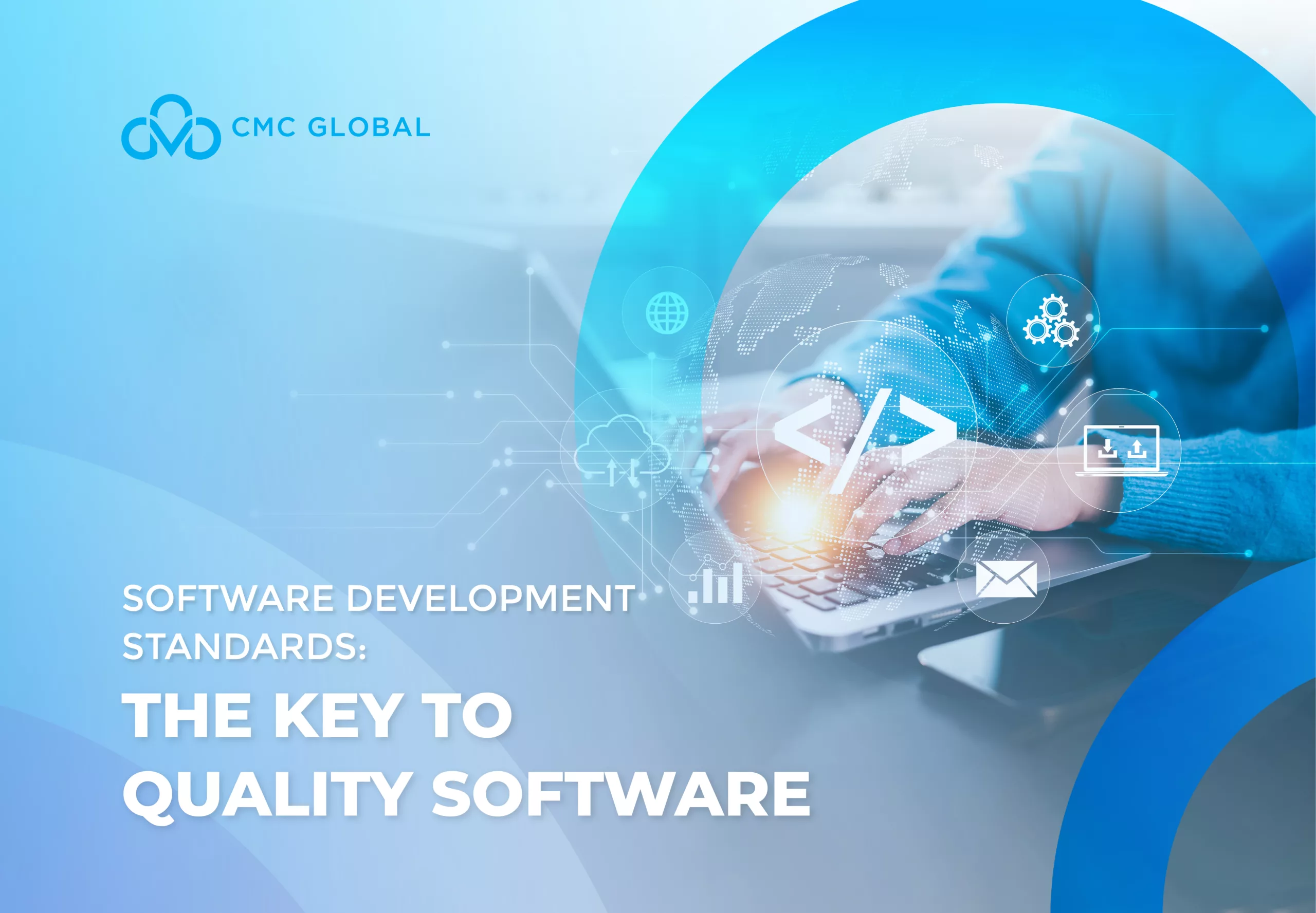Don’t go about outsourcing a software project without knowing what exactly you need to do to be successful. Having a step-by-step plan will allow you to visualize your progress, prepare for the unexpected, as well as get everyone on your team on the same page.
Follow along with us in this article to learn how to get ready for outsourcing a software project, and you will be able to stay confident no matter how challenging the project you need to tackle is. Let’s jump right into the details!
How To Be Successful In Outsourcing A Software Project: A Step-By-Step Guide
Stage one: 5 things to do before hiring a vendor

1. Identify your goals
The ultimate goal of hiring an outsourcing IT vendor is to get a particular project of yours done. The vendor can only accomplish that as long as you can communicate to them precisely what you need. That’s why identifying the goals of your project is the first step.
At the core of any successful goal setting is the principle of SMART (Specific, Measurable, Achievable, Realistic, and Time-bound).
- Set goals that are specific. Developing an app is not specific, but developing one to manage incoming and outgoing cash is.
- Set goals that are measurable. Developing a money management app that costs as low as possible is not measurable, but developing one that costs a maximum $5,000 is.
- Set goals that are achievable. A project that has to take at least 5 months shouldn’t be required to be finished in 3 months.
- Set goals that are realistic. A $5,000 app can’t be developed at the price of $2,000.
- Set goals that are time-bound. A project needs to have a deadline; otherwise, it may prolong forever.
For tackling a software development project successfully, your goal planning should also make it clear about other compulsory requirements, such as how much you can spend, what technical skills you require, what features you want your software to have, etc. The vendor you hire can help you refine these details by providing expert advice, but you have to be the one who sets the direction for your project.
2. Choose the right software outsourcing model
The goals that you’ve set will let you know which software outsourcing model is the most suitable for your project. Software development outsourcing is generally classified into two models.
- Fixed-cost (or project-based) software development: This model suits you if you don’t have sufficient IT experience or an in-house technical team of developers to carry out a project on your own. Using this model, all you need to do is identify your goals, communicate them to your hired vendor, and let them handle the entire software development for you.
- Times and Materials software development. You can only use this model if you can play the role of a project manager or have a project manager in your team who can manage and guide a team of developers to carry out a project. Under this model, you can hire an autonomously managed team of developers from your IT vendor to join your team and execute your project. Companies use this model to save recruitment and operation costs because the developers hired by an IT vendor already have the skills and knowledge to do the job.
Here is a table to sum up these two models:
| Fixed-cost | Times & Materials | |
| Timeframe | Fixed (short or long) | Flexible (short or long) |
| Purpose | Single delivery | Staff augmentation |
| Cost | Fixed | Flexible |
| Management | Vendor | Client |
| Scope of work | Fixed | Flexible |
3. Choose the right outsourcing location
The next step is to choose the best place to outsource your project. Location is a very important factor when it comes to software outsourcing, and that is for these reasons:
- Pricing and levels of skills. Some places offer lower prices than others but at the expense of a lower level of skills. This means if you have a project that requires high levels of complexity, you need to take it to where the skills can suffice. On the other hand, having a simple project developed in a low-cost country will save you a ton of money.
- Communication barriers. It’s impossible to work with people who don’t share a mutual language with you, so if you have any specific requirement for language, choose a country that can meet that requirement.
In general, Southeast Asia is preferable to Europe and America for projects requiring low-medium levels of complexity because the level of skills in this region is sufficient for this type of project, and its average rate is often lower compared to European and American companies.
The most popular countries for outsourcing software development are Vietnam, India, China, The Philippines, etc. This can be a good starting point for you to do your research.
Read more: 9 Huge Benefits of Vietnam’s IT Outsourcing Market

4. Gather a list of potential vendors
Once you’ve chosen the most suitable outsourcing country, the next step is collecting a list of the most suitable vendors in that country for you. Due to the fact that there can be hundreds of vendors, having such a list will help you stay focused on analyzing vendors better and eventually choose one that is the perfect match for you.
The best way to look for vendors in a certain country is by doing some quick Google searches with vendor-related keywords, such as the best outsourcing company in {the country you’ve chosen}. To gather a list of the most potential vendors, factors you should pay attention to are:
- Website. The website of a vendor says about their competency. Good vendors tend to have a clean, well-structured, and informative website.
- Company size. This depends on the size of your project. If you have a medium-to-large-sized project, you need to look for vendors who have the size and resources to be able to handle such a scale.
- Company Profile/Portfolio. Vendors often make their company profile available for download on their website. You can study a vendor’s profile to find out what services they offer, who they have served (past clients), what they have done before (case studies), and whether they have what you’re looking for (technical competencies).
- Reviews. Try to look for reviews about the vendor on vendor review websites such as Clutch.co, GoodFirms, g2.com.
These details typically are what you can easily find with raw Internet research, and they will allow you to form a list of the most potential vendors. Internet research, however, won’t give you enough information to find out what the best option is, and you will need to rely on direct communication to find that answer.
Keep reading to learn how to evaluate your list and choose the most suitable with direct communication in the next step.
5. Choose the most suitable vendor
At this point, you will need to get in touch with each of the vendors in your most potential list to get further information. The best way to do this should be via a physical meeting or a video call.
The goal here is to discuss your project with the vendors and see how each of them will approach and tackle it. Here are what you need to focus on:
- Solution. Which solution by which vendor do you think will help you achieve your goals?
- Price, with services included. Do you think the full range of services you will be getting for the price you’ll pay is reasonable and payable?
- Delivery time. The complexity of your project would determine how long it will take until completion. Remember that your goal needs to be realistic, so allow the vendor to choose a realistic time frame that both parties are comfortable with.
- Software development methodology. Agile and Scrum are the most popular methodologies for software development because they help yield the best outcomes. For this reason, it will be best to choose a vendor who strictly follows these methodologies.
- Contract. Only work with a vendor who provides a contract with transparent terms and conditions about payment terms, deliverables, deadlines, failure penalties, etc.
- Testing. A competent vendor will certainly welcome your test on their specialists, so if you want to know whether a vendor has the level of skills you need, ask them to do a test of yours.
Finally, here’s an important point to keep in mind: “Beware the Yes Man” This is the secret technique to spot fake salesmen; if a vendor is saying “yes” to everything, that’s a huge red flag.
Due to the fact that most clients are not experts in software development (that’s why they need to look for a vendor to help them out in the first place), many of the requests they make can be unrealistic. If a vendor says “yes” to those requests, what they care about is getting the contract signed, not providing you with a working solution. On the other hand, if a vendor is not hesitant to say “no” to unreasonable requests, that shows that:
- They have much more experience as a product builder.
- They care about the goal of your project.
- They want to provide you with the best solution.
Read more: How To Choose The Right Outsourcing Software Development Company
Stage two: 4 things to do after hiring a vendor

1. Have a long-term mindset:
A long-term partnership holds more advantages than a one-time transaction. Once you’ve found a vendor you’re comfortable with, aim at establishing a long-term relationship with them, so you won’t have to go through the tedious and time-consuming vetting process every time you need similar services. Plus, you’re likely to get better after-sale services if the vendor knows that you’re the potential for additional business.
A long-term partnership can’t be established one way; both parties have to gain a fair share for it to last. Try to understand the vendor’s business needs and how you can help, and the vendor will likely do the same for you. When drafting a contract, don’t just impose penalties if the vendor fails to deliver, but also offer incentives for exceptional service. Treat the vendor of your choice as you’d want to be treated, and pay them on time.
2. Reinforce your (realistic) expectations:
Reinforce the expectations you’ve established with the vendor before to make sure they fully understand them; the scope of the work to be delivered, the timeline in which it needs to occur, the standard of quality to be followed, and how it’ll be measured, how both parties will interact, how decisions will be made, and what to do in the face of contingencies, all of these expectations should be clear and agreed upon between you and the vendor.
Put this information in writing so there won’t be any ambiguities or misunderstandings. Make sure that any deadlines and deliverables you expect are reasonable, and actively seek your vendor’s advice to make sure that they are.

3. Communicate frequently:
Projects often last for weeks or even months. Setting up a schedule for regular updates will ensure that both parties remain on the same page about ongoing developments. If anything changes (budgets, organizational priorities, whatever), inform your vendor right away.
One of the keys to being successful in software outsourcing is effective communication with vendors, so be sure you and your vendor stay in touch frequently to get updated and find solutions when problems arise.
4. Measure performance:
You and your vendor both bear responsibility for the success or failure of the project and partnership as a whole, so make sure that everyone is accountable for their role. Hold your vendor accountable for the established evaluation metrics. Likewise, ask vendors for their feedback and insight into what you can do to help them deliver your project better.
After hiring a vendor, managing the relationship effectively is an ongoing process that requires balancing your needs with those of your vendor. When those needs are in harmony, the relationship and the project stand a good chance of succeeding. When they don’t, however, despite your best efforts to align them, it might be time to look for a new vendor.
Final words
Outsourcing software development can be a daunting task and requires a lot of time and effort to be successful. I hope that this article has provided you with valuable information about how to outsource your next software project.
In case you’re looking for an outsourcing vendor, fill out the form below, and we will be in touch shortly to help! CMC Global is among the top 3 largest outsourcing service providers in Vietnam.
Read more: CMC Global: IT Outsourcing Vendor For Medium To Large-Sized Software Projects and ODC Setup




